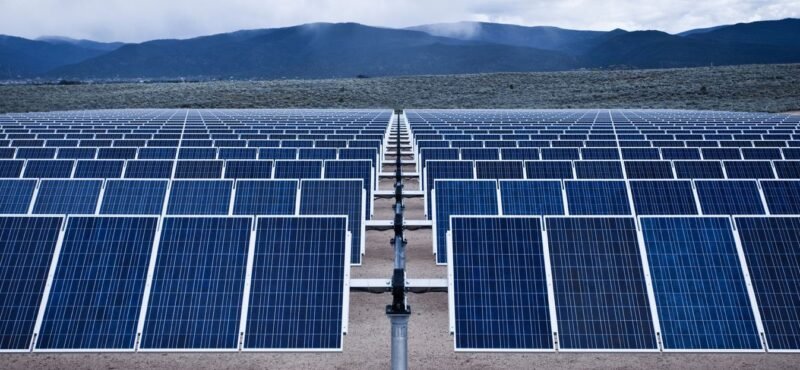In Short : With the goal of producing 70 MW of solar energy, Tripura is starting a large-scale clean energy project to install solar panels on the rooftops of almost 2,000 government buildings. The Tripura Renewable Energy Development Agency (TREDA) is spearheading this initiative, which aims to counteract the state’s declining natural gas supply and advance the state’s energy transition and renewable energy initiatives.

Market Patterns and Prospects
The initiative demonstrates how green energy is becoming more popular in the area and compliments Tripura’s quick solar expansion, which went from 3 MW seven years ago to 26 MW now. With a goal of 10.5 MW in the first phase, TREDA has already called for bids for the initial deployment. Tripura’s commitment to sustainable development and the country’s clean energy targets is demonstrated by the growing investment in rooftop solar across government infrastructure.
Effects on Infrastructure and Clean Energy
By lowering dependency on natural gas and bolstering supply security with sustainable energy infrastructure, this initiative increases energy resilience. As TREDA works with the skill development department to train local youngsters as solar installers and maintenance supervisors, the program is anticipated to generate a surge of green jobs. In addition to producing electricity, it is a concept for integrating renewable resources with public infrastructure to increase energy efficiency over the long run.
The Significance of It
Climate-forward Policy: By democratizing solar across government buildings, the project supports larger objectives to advance climate action. Economic Multiplier Effect: By fostering a green tech workforce through local employment and capacity building, clean energy gains are anchored in the well-being of the community. Northeast India Model: The drive in Tripura shows how concentrated efforts may combine livelihoods, governance, and environmental sustainability.
The bottom line
The proposal by Tripura to turn the rooftops of government buildings into solar power hubs is a significant step in the direction of sustainable energy leadership. The state is creating a strong model for prosperity driven by renewable energy and revealing new avenues for a resilient, low-carbon future by expanding solar power infrastructure and fostering local talent.




